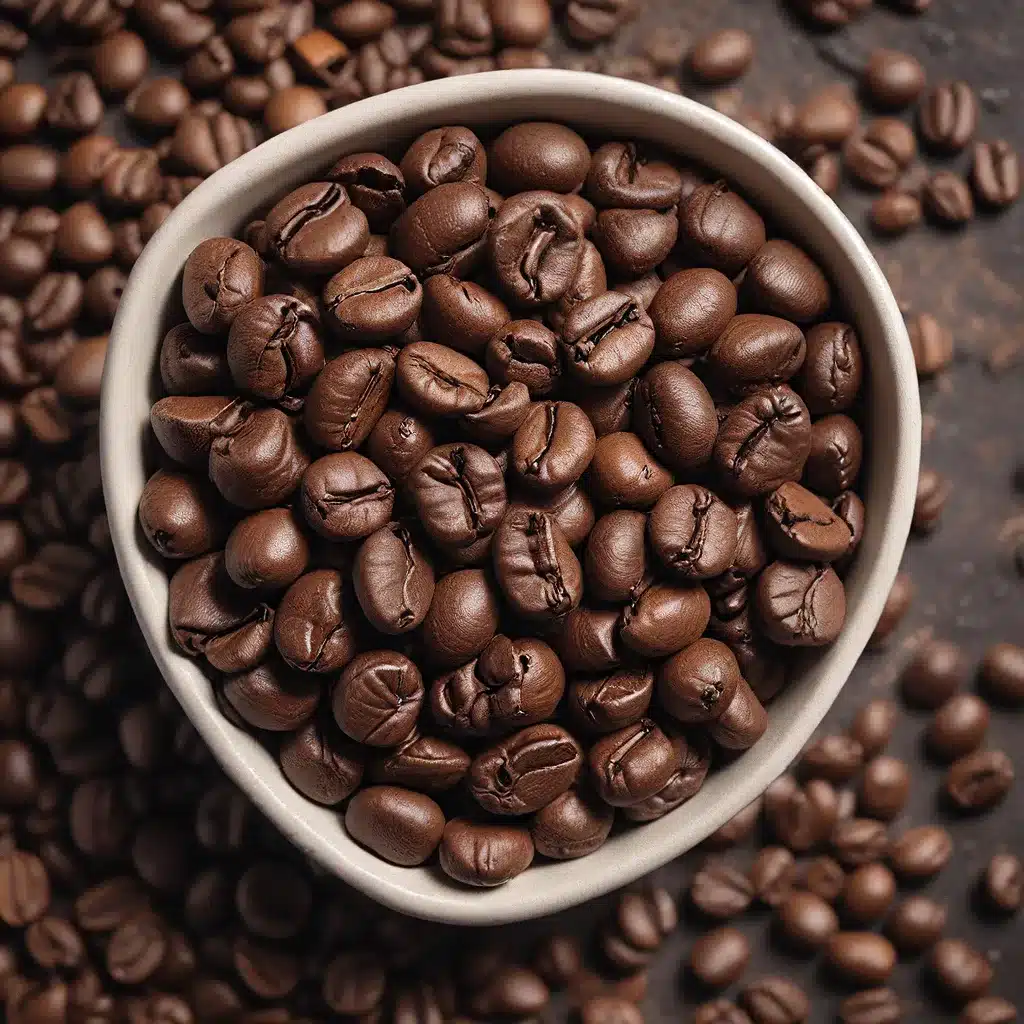
Unraveling the Complex Dance of Compounds and Perception
As I stood in the bustling competition arena, the aroma of freshly brewed coffee wafted through the air, beckoning me to dive deeper into the intricate layers of this beloved beverage. Little did I know that my journey to the 2017 World Barista Championship would lead me down a path of scientific exploration, uncovering the fascinating interplay between the chemistry of coffee and the human senses.
My preparation for the competition had taken an unexpected turn when I decided to analyze the coffee I would be serving using gas chromatography-mass spectrometry (GC-MS). This analytical technique promised to reveal the hidden fingerprint of compounds that contributed to the unique flavor and aroma profile of the coffee. As I delved into this project, I found myself at the intersection of specialty coffee, food science, and the pursuit of a more objective understanding of the sensory experience.
Bridging the Gap: From Lab to Stage
The initial idea of using GC-MS analysis to enhance my competition routine seemed daunting, but with the help of a dedicated team, we set out to explore this uncharted territory. Pete, my trusted companion, and I reached out to the team at the Fat Duck experimental kitchen, who had experience in this realm. They, in turn, connected us with Ian Fisk, an Associate Professor in Food Chemistry at the University of Nottingham, and one of his talented PhD students, Chujiao Gloria Liu.
Together, we embarked on a journey to understand how the chemical compounds in the Los Brumas coffee I would be serving could be directly linked to the flavors and aromas my judges would experience. The challenge lay in bridging the gap between the analytical data and the subjective perceptions of the competition judges.
Navigating the Complexity of Coffee Chemistry
The process of analyzing the coffee through GC-MS was no simple task. We had to carefully consider brewing parameters, roast profiles, and sample preparation to ensure the results accurately reflected the sensory experience. Each step required meticulous attention to detail, as we sought to minimize variables and create a replicable methodology.
As we delved into the data, the complexity of coffee chemistry became evident. The presence and concentration of various volatile compounds were found to be influenced by factors such as origin, processing, and roasting. Unraveling these connections required a deep understanding of the science behind coffee.
The world of coffee aroma is a fascinating rabbit hole, filled with a myriad of compounds that contribute to the diverse flavors we experience. From the fruity esters to the nutty pyrazines, each molecule plays a unique role in shaping the sensory profile of the coffee.
Translating Science into Sensory Experience
With the GC-MS data in hand, the real challenge lay in translating the analytical findings into a meaningful and engaging presentation for the competition judges. We couldn’t simply bombard them with a technical report; instead, we needed to find a way to bridge the gap between the science and the sensory experience.
This is where the concept of the “sensory playset” came into play. By carefully selecting the most potent and relevant compounds identified in the GC-MS analysis, we created a physical set of aroma vials that allowed the judges to experience the key flavors of the coffee. This tactile and interactive element was designed to immerse the judges in the olfactory journey of the coffee, complementing the flavors they would encounter in the espresso and milk-based beverages.
As I stood on the competition stage, I could see the judges’ faces light up with curiosity and delight as they engaged with the sensory playset. The combination of analytical insights and a multisensory experience created a captivating and memorable presentation, one that aimed to transcend the boundaries of traditional coffee competitions.
Embracing the Ongoing Exploration
The work we did for the 2017 World Barista Championship was just the beginning of a much larger story. The science of coffee is an ever-evolving landscape, with researchers and industry professionals continually pushing the boundaries of our understanding.
As a company dedicated to delivering exceptional coffee experiences, we recognize the importance of staying at the forefront of these advancements. By embracing the collaborative nature of the specialty coffee community, we can collectively uncover new insights and develop innovative ways to enhance the sensory delight of this beloved beverage.
The journey of exploring the aroma and flavor of coffee is an endless one, filled with unexpected discoveries and the thrill of uncovering the intricate connections between chemistry and perception. As we continue to delve deeper into this realm, I’m excited to see how the science of coffee will shape the way we experience, appreciate, and share this remarkable drink.
Embracing the Unknown, Embracing the Future
In the ever-evolving world of specialty coffee, we must be willing to embrace the unknown and the uncertain. The answers we seek are not always straightforward, and the path to understanding can be winding and complex.
As I reflect on my journey to the 2017 World Barista Championship, I am reminded of the importance of collaboration, curiosity, and a willingness to challenge the status quo. By partnering with experts in food science and leveraging the power of analytical tools like GC-MS, we were able to uncover new insights and push the boundaries of what was possible in a coffee competition.
The data we gathered through this process was not a definitive solution, but rather an invitation to further exploration. There are many unanswered questions, countless variables to consider, and an evolving understanding of the intricate relationship between coffee chemistry and human perception.
I encourage industry professionals, researchers, and coffee enthusiasts alike to embrace this spirit of discovery. Let us continue to ask bold questions, explore uncharted territories, and collaborate in ways that can elevate the sensory experience of coffee for all.
The journey ahead may be filled with uncertainty, but it is also brimming with the excitement of new possibilities. By embracing the unknown, we can unlock a deeper appreciation for the science and artistry that make coffee such a captivating and treasured beverage.
So, let us raise our cups and embark on this exploration together, savoring each sip and discovering the hidden stories that lie within the aroma and flavor of every cup of coffee.















